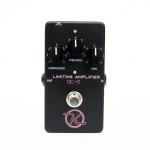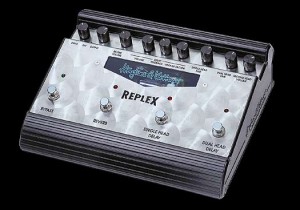Among musicians, Robert Keeley has become a virtual household name in quality  compression for well over a decade. With humble beginnings building early units based on the famed grey Ross compressor from out of his home, to now having sold over 40,000 compressors and growing his business with a complete lineup of original designs, Robert Keeley and the team at Keeley Electronics have achieved great success since the early days.
compression for well over a decade. With humble beginnings building early units based on the famed grey Ross compressor from out of his home, to now having sold over 40,000 compressors and growing his business with a complete lineup of original designs, Robert Keeley and the team at Keeley Electronics have achieved great success since the early days.
The latest designs in the company’s compression family are original and based on new circuits that Robert and his engineering team spent years perfecting. Today we’ll look review the more compact model, the Keeley GC-2 Limiting Amplifier.
